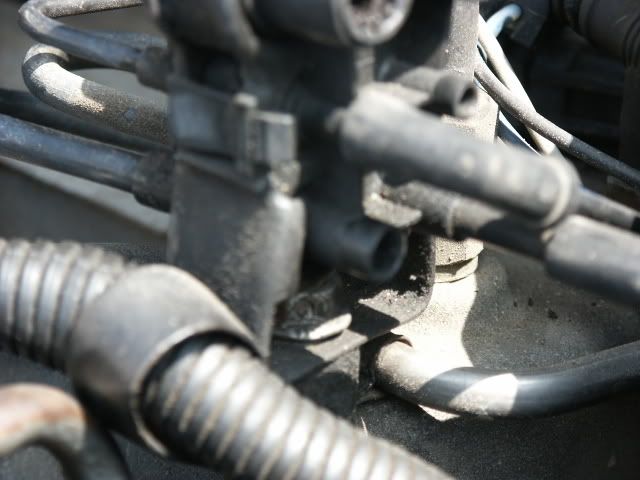jephs422
NAXJA Forum User
- Location
- Mission viejo CA
Well, for the past few weeks I have been chasing down a vibration in the 1100 to 1500 rpm range. I figured for a last ditch effort I would give it a tune up, and see what happened. On my 88 xj, I changed the o2 sensor, plugs, and IAC this morning. I started it up and let it idle for a bit. Now, I always had an issue of the idle jumping to about 3000 rpm for a bit, then I would gas it, and most of the time ot would come back down. So I thought maybe changing the IAC would fix this. Well, the vibration I think either went away, or I just don't notice it from under the hood, but now I can not get it to idle under 1100 RPM. I noticed that when I plugged this vaccuum line, the idle would drop. But, then the idle jump up to 3000 rpm, and is now staying there. Can you tell me if this may have something to do with it.

This is where the line is coming from

this is where it is at

And this is on the fender. I noticed that only one vaccuum line is hooked up to this. Should there be two, and should the vaccuum line come from the missing one?

This is where the line is coming from

this is where it is at

And this is on the fender. I noticed that only one vaccuum line is hooked up to this. Should there be two, and should the vaccuum line come from the missing one?
Last edited:
